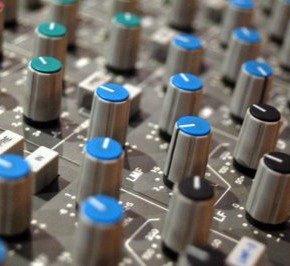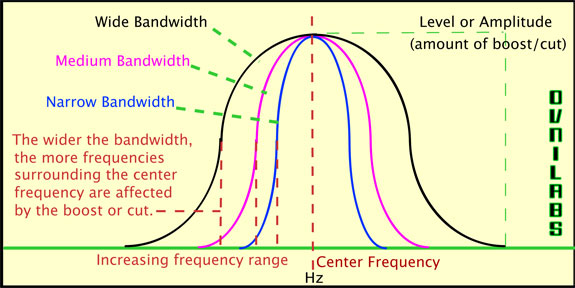


It can also be used (with more accuracy than a graphic EQ) to control feedback.Īs a corrective measure, cutting dominant frequencies is generally more effective - and sounds more natural - than boosting weaker frequencies. The main use of a parametric EQ in live systems is for tone shaping or correcting anomalies in the sound of individual instruments or voices (occasionally also in the overall sound). It works as a normal peaking midrange EQ control, but the frequency and bandwidth are also adjustable. It allows very precisely tailored EQ to be applied. To distinguish it from this, the channel EQ on more expensive desks - which include a bandwidth or Q control - is often described as ‘fully parametric’. However, the term ‘semi-parametric’ is more often used for this type of EQ. Sweepable midrange EQ which has only frequency and gain controls (found in the channel section of some budget and most mid-priced desks) is sometimes incorrectly described as ‘parametric’. However, single- or multi-channel parametric EQs (with a varying number of bands) are available as rack-mountable units. Some desks have one or more parametric EQ sections on each channel. The amount by which the signal is boosted or cut.Ī parametric EQ is an equaliser which has controls for Frequency, Bandwidth or Q, and Gain.

*Q refers to the Quality of a frequency filter, in the sense that a narrow filter is of higher quality than a broader filter. The centre frequency is at the midpoint ( in octaves) between the lower and upper frequencies: if the bandwidth is 2 octaves, the centre frequency is one octave above the lower frequency, and one octave below the upper frequency (e.g. The range of possible adjustment can run from about 1/60 octave (Q ≈ 90) to about 3 octaves (Q ≈ 0.4).īandwidth is derived from the points on the EQ curve that are 3dB above or below the amount by which the central frequency has been cut or boosted. In EQ circuits bandwidth and Q describe the same thing, but use different (and inverse) scales: the higher the Q, the lower the bandwidth, and vice versa. The number of octaves (or fractions of an octave) over which the signal is affected by boosting or cutting. Q* (see below) is a relation of Bandwidth. The central frequency of the envelope in which the signal is boosted or cut.


 0 kommentar(er)
0 kommentar(er)
